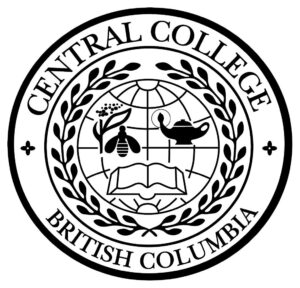Procedures
Special thanks to Central College

Warning!
These methods should not be attempted unless you are a certified and licensed practitioner. Only those techniques that fall within your scope of practice should be used as they may cause injury.
The following procedures can best be described as ongoing orthopedic and/or neurological tests. Only a few are demonstrated here. It should become apparent to you the number of such tests is almost unlimited. Looking outside the box, these tests also serve a more general purpose. They will help the practitioner in identifying red flags and in determining if the condition is not mechanical
In these video clips we are assessing the clients’ symptoms to determine if their cause is abnormal tissue pressure gradients or abnormal morphology of the discs and vertebra bodies. Fluids and gases only flow if a pressure gradient exists. In the body, contraction of the heart and diaphragm are the major forces producing pressure differences. Because of these two actions, blood circulates and air flows into and out of the lungs. At the capillary/tissue level the pressure difference is only a few millimeters Hg. Therefore, any increase in tissue pressure will compromise the flow.
Another fluid moving force besides that created by the heart and diaphragm exists: gravity. When sitting with a forward head posture gravity will cause fluid in the upper thoracic and lower cervical bodies and discs to move. These structures now misshape resulting in a sagittal wedging.
The goals of therapy are to identify and treat these areas. Once this pathology is identified effective outcomes would be due to the restoration of tissue pressure gradients or the restoration of morphology.
Lowering elevated interstitial fluid pressure is accomplished in 2 basic ways: directly and indirectly.
Direct methods are used when stenoses exist in the spine. By applying traction (usually with flexion) the volume in the lateral and central canal will increase. Increased volume leads to decreased pressure.
Most presentations will not involve stenosis and so indirect methods will have to be performed. In these cases the increased pressure is due to too much fluid (edema). In order to decrease the pressure this fluid has to be removed. As mentioned earlier, fluid only moves through a pressure gradient. These indirect procedures therefore actually increase the tissue pressure to even a higher level during the treatment. A key factor for success is to apply the pressure long enough to give the edema enough time to move out of the area.
Therapeutic pressure results from torsion, compression and traction. Any viscoelastic tissue is amenable to these forces. These include bone, cartilage, entheses, ligaments, joint capsules, nerves, fascia, muscles, tendons, skin and blood vessels. Just a note, we assume that traction decreases pressure but that is not the case. When viscoelastic structures are stretched their transverse volume is decreased and the pressure therefore rises. Imagine ‘ringing out’ a wet rag.
In the case of abnormal morphology the therapist introduces a force to the spine in the opposite direction than that of gravity. Again, the key is to hold it long enough to allow fluid to move.
You’re using similar procedures in your practice now without realizing their mechanism of action. In understanding these concepts, you will improve your outcomes by merely fine tuning your present techniques. As mentioned above the videos below are only a sample.
